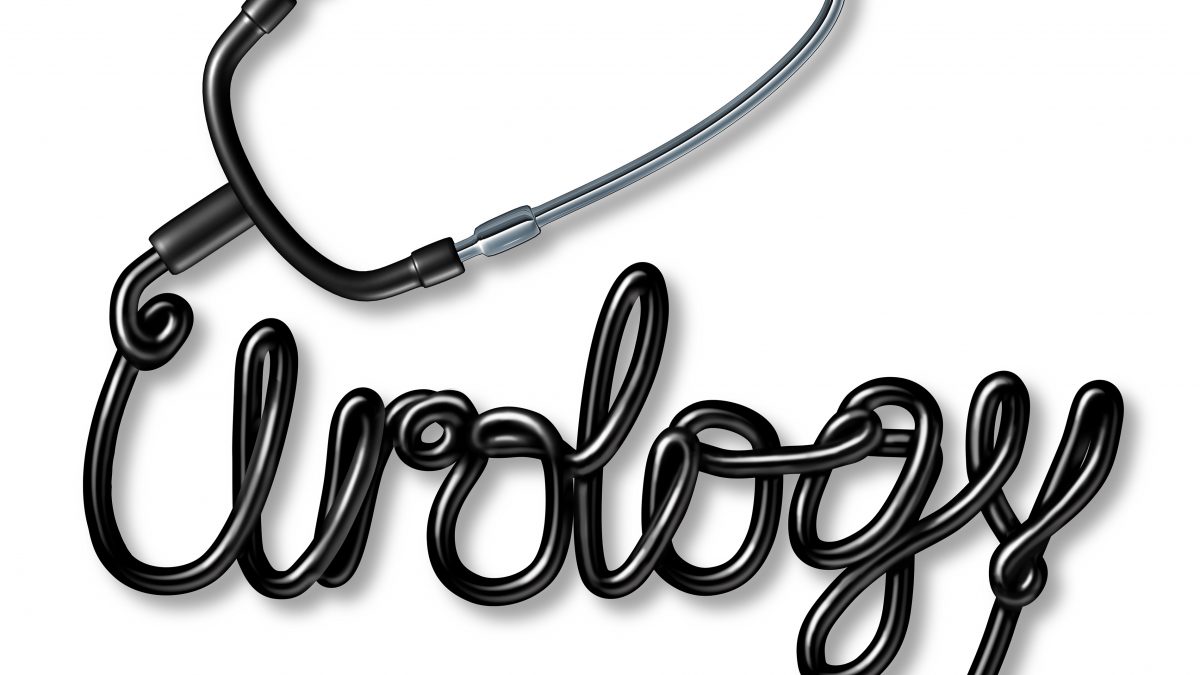
Medications to Avoid for GI Endoscopy Procedures
August 9, 2019
Dermatology Specialist
August 13, 2019What is Urology?
Urology (from Greek οὖρον ouron “urine” and -λογία -logia “study of”), also known as genitourinary surgery, is the branch of medicine that focuses on surgical and medical diseases of the male and female urinary-tract system and the male reproductive organs. Organs under the domain of urology include the kidneys, adrenal glands, ureters, urinary bladder, urethra, and the male reproductive organs (testes, epididymis, vas deferens, seminal vesicles, prostate, and penis). The urinary and reproductive tracts are closely linked, and disorders of one often affect the other. Thus a major spectrum of the conditions managed in urology exists under the domain of genitourinary disorders. Urology combines the management of medical (i.e., non-surgical) conditions, such as urinary-tract infections and benign prostatic hyperplasia, with the management of surgical conditions such as bladder or prostate cancer, kidney stones, congenital abnormalities, traumatic injury, and stress incontinence.
Urological techniques include minimally invasive robotic and laparoscopic surgery, laser-assisted surgeries, and other scope-guided procedures. Urologists receive training in open and minimally invasive surgical techniques, employing real-time ultrasound guidance, fiber-optic endoscopic equipment, and various lasers in the treatment of multiple benign and malignant conditions. [1] [2] Urology is closely related to (and urologists often collaborate with the practitioners of) oncology, nephrology, gynaecology, andrology, pediatric surgery, colorectal surgery, gastroenterology, and endocrinology. Urology is one of the most competitive and highly sought surgical specialties for physicians, with new urologists comprising less than 1.5% of United States medical-school graduates each year.[3][4] Urologic surgeons, or urologists, undergo a post-graduate surgical training period for a minimum of five years, of which 12 months must be completed in general surgery and 36 months must be completed in clinical urology. The remaining 12 months are spent in general surgery, urology, or other clinical disciplines relevant to urology.[5] Upon successful completion of a residency program, many urologists choose to undergo further advanced training in a subspecialty area of expertise through a fellowship lasting an additional 12 to 36 months. Subspecialties may include: urologic surgery, urologic oncology and urologic oncological surgery, endourology and endourologic surgery, urogynecology and urogynecologic surgery, reconstructive urologic surgery (a form of reconstructive surgery), minimally invasive urologic surgery, pediatric urology and pediatric urologic surgery (including adolescent urology, the treatment of premature or delayed puberty, and the treatment of congenital urological syndromes, malformations, and deformations), transplant urology (the field of transplant medicine and surgery concerned with transplantation of organs such as the kidneys, bladder tissue, ureters, and, recently, penises), voiding dysfunction, paruresis, neurourology, and androurology and sexual medicine. Additionally, some urologists supplement their fellowships with a master’s degree (2–3 years) or with a Ph.D. (4–6 years) in related topics to prepare them for academic as well as focused clinical employment.
Drugs Commonly Used in Urology
There are numerous drugs used in urology, the medical specialty which deals with diseases of the male and female urinary tract as well as the male reproductive system. The drugs can be broken down by their mechanism of action and the biological function they target.
The most commonly prescribed classes of drugs in urology include:
Alpha-blockers which work by relaxing muscles at the bladder neck to improve urinary flow
5-alpha inhibitors which block the production of a specific male hormone associated with prostate enlargement
Anticholinergics which minimize bladder contractions and increase bladder capacity for people with an overactive bladder
The drugs can be used on their own or in combination therapy. Some pharmaceutical companies have also created two-in-one drugs like Duodart which combines an alpha-blocker with a 5-alpha inhibitor.
Alpha-Blockers
Alpha blockers, also called alpha-adrenergic antagonists, are used in urology to treat the non-cancerous enlargement of the prostate gland (known as benign prostatic hyperplasia, or BPH). They do so by preventing the hormone norepinephrine from constricting certain smooth muscles and blood vessels. By doing so, the drug can improve urinary flow in older men with prostate problems.
Alpha blockers currently approved for the treatment of BPH include:
Cardura or Cardura XL (doxazosin)
Flomax (tamsulosin)
Hydrin (terazosin)
Uroxatral (alfuzosin)
Some alpha blockers are available in short- and long-acting formulations. The short-acting drugs work quickly, but their effects only last a few hours. Long-acting versions may take longer to work, but their effects last longer. The choice of formulation is largely dependent on the severity of the BPH.
Broadly speaking, alpha blockers may cause dizziness, headaches, postural hypotension (low blood pressure when you stand), or retrograde ejaculation (a condition where semen is ejaculated into the bladder).
5-Alpha Inhibitors
5-alpha inhibitors, also known as 5-alpha reductase inhibitors, work by preventing the conversion of testosterone to dihydrotestosterone, the hormone associated with both BPH and male pattern baldness. 5-alpha inhibitors are prescribed for the chronic treatment of BPH and may take up to six months before the effects are fully felt.
5-alpha inhibitors currently approved for the treatment of BPH are:
Avodart (dutasteride)
Propecia or Proscar (low- and high-dose finasteride, respectively)
As a drug class, 5-alpha inhibitors may cause the loss of libido, impotence, or retrograde ejaculation.
Anticholinergics
Anticholinergic drugs work blocking the action of a chemical neurotransmitter, known as acetylcholine, which sends signals to the brain that trigger abnormal bladder contractions. By doing so, the drug can reduce the symptoms of overactive bladder in which people feel as if they need to urinate even when the bladder isn’t full.
Among the anticholinergics currently approved for the treatment of overactive bladder are:
Detrol (tolterodine)
Enablex (darifenacin)
Oxytrol or Ditropan XL (oxybutynin)
Regurin and Sanctura (trospium chloride)
Toviaz (fesoterodine)
Vesicare (solifenacin)
Anticholinergics may cause dry mouth, constipation, blurred vision, and rapid heartbeat (tachycardia).
Other Drugs Used in Urology
As a specialty encompassing both the urinary and male reproductive tract, urologists rely on an armory of medications to treat conditions as far-ranging as prostate cancer, urinary tract infections (UTIs), erectile dysfunction (ED), hypogonadism (low production of testosterone), and Peyronie’s disease (a condition characterized by a curved, painful erection).
To find a qualified urologist near you, contact your insurance company for a list of approved providers or ask your primary care physician for a referral. You can check the urologist’s credentials and certification through the American Board of Medical Specialties (ABMS) and various doctor review websites.


